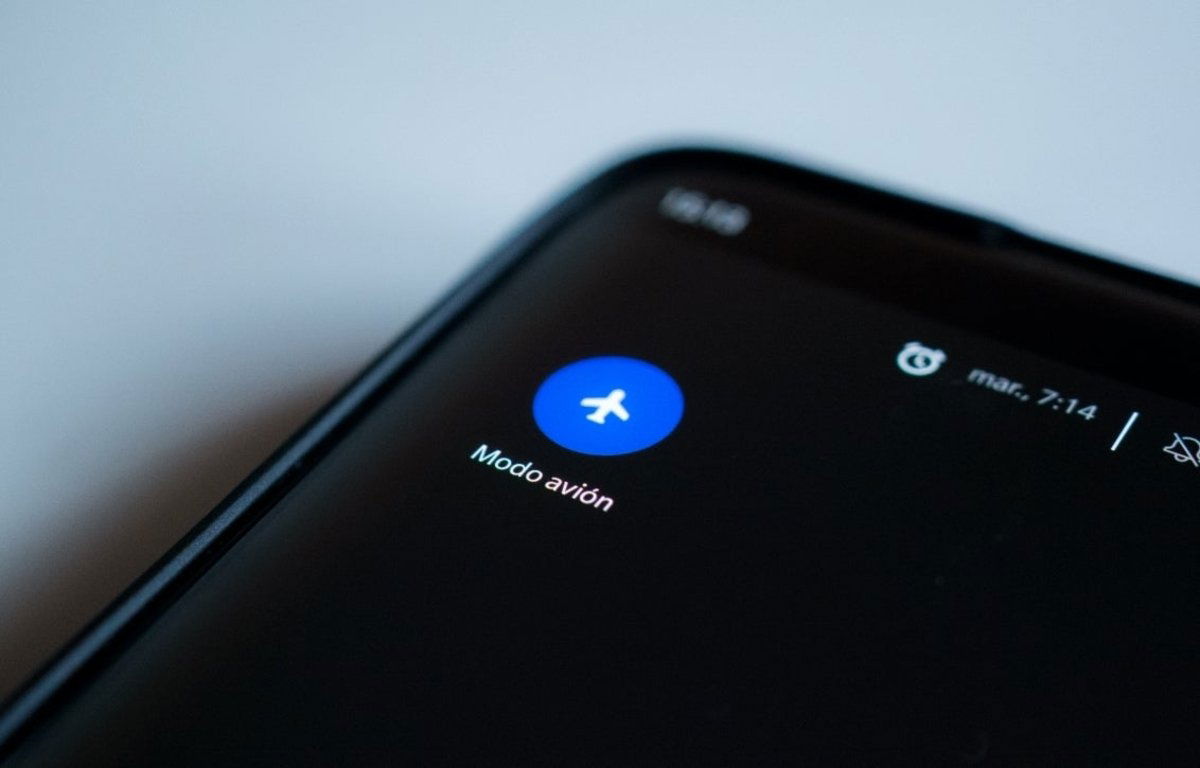
- Xiaomi has filed patents for a foldable phone.
- The phone, unlike traditional foldables, bends in a Z shape.
- The device would feature a large primary screen and a tablet-sized folding display.
Xiaomi‘s design department can’t be faulted for lack of ambition, and its latest patent filing is a good example of this. The patent, spotted by LetsGoDigital, suggests that Xiaomi could be developing a foldable that would fold in a Z shape.
As a result, the foldable in question looks nothing like the Galaxy Z Fold 2 or the Huawei Mate XS. It does have a few practical aspects, though. It features stereo speaker grilles and a USB-C port along its bottom lip. A side-mounted fingerprint scanner is joined by what seems to be a SIM slot and volume rocker on the phone’s flank, too.
As for displays, users get a choice of two. The primary display is similar in design to the Galaxy Z Fold 2’s outer display and features a punch-hole camera and call speaker up top.
When unfolded, users can take advantage of a display that’s three times its normal size. It would be reminiscent of a tablet rather than a smartphone in this mode. Part of this display also constitutes the phone’s back when in folded mode.

That’s a lot of screen for a phone with a relatively small footprint, but it does come with drawbacks. As depicted in LetsGoDigital‘s renders based on the patent drawings, the device when folded is by no means slim. The single camera on the front screen means that users wouldn’t be able to place video calls on the larger display.
Phones that fold multiple times aren’t new in theory, and we’ve seen Samsung toy with a similar idea in the past. But Xiaomi’s new design does differ from the company’s other foldable plans we’ve seen before, namely a dual-folding tablet it demonstrated in videos.
Foldables haven’t found their footing just yet, but they are growing in popularity. Considering that their benefits haven’t quite outweighed their negatives, the debut of such a device from Xiaomi may still be a few years off yet. Nevertheless, the drive to offer users more screen could lead to more companies experimenting with multiple folds in the future.












